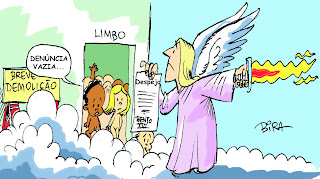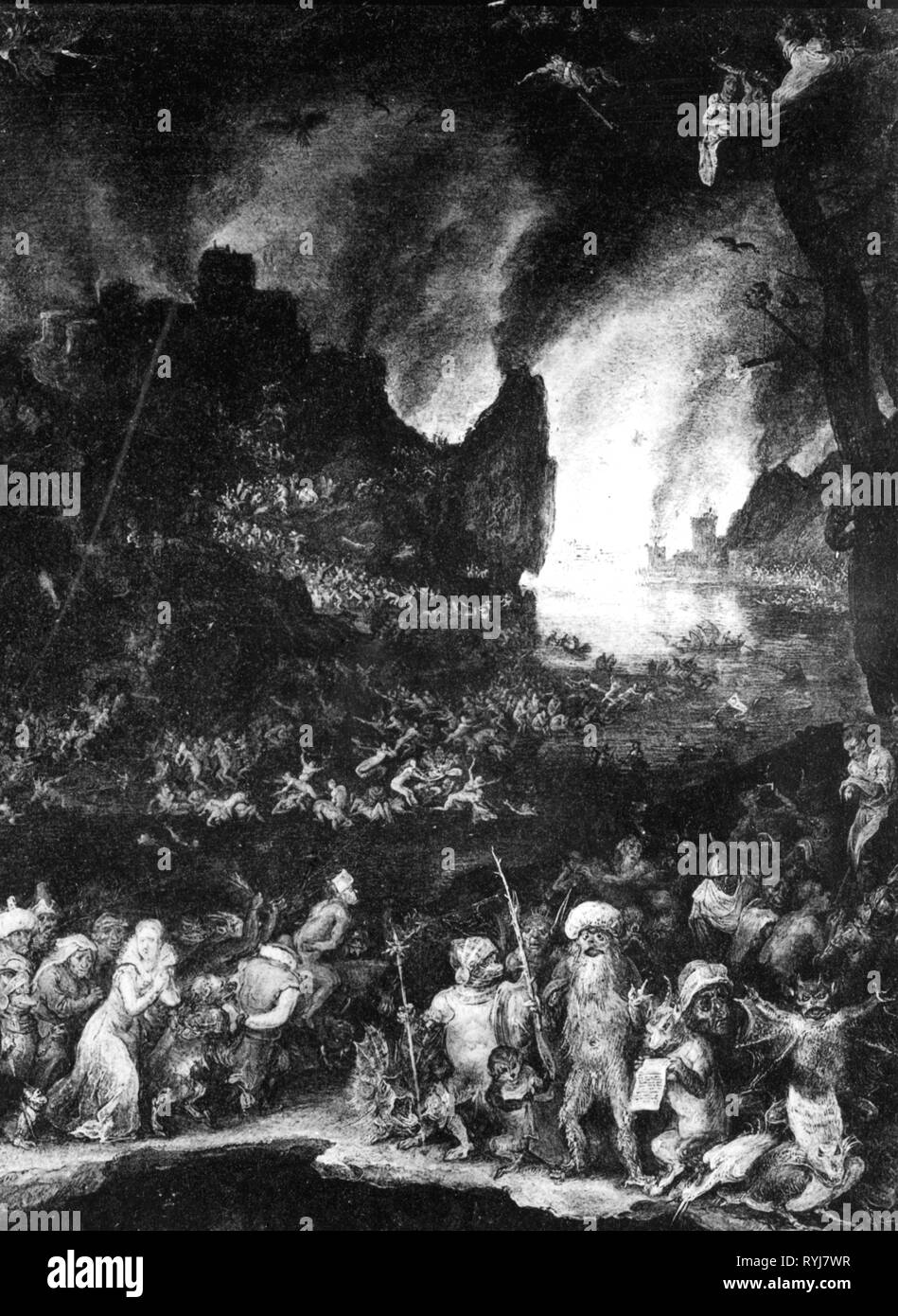

Let’s go back to the hierarchy of truths. Indeed, it has none of the markers needed for permanent teachings. If you study Scripture and key Church documents you will find that nothing proposes Limbo as a settled and indisputable teaching. Today, however, many theologians, including Pope Benedict XVI, see that opinion as explaining too much, thereby foreclosing possibilities known to God alone. In the past, Limbo became the favored opinion because many in the Church stressed the necessity of Baptism. For years, Limbo was proposed as one possible way of resolving the apparent contradiction between two genuine Church teachings, namely, the necessity of Baptism for salvation and God’s desire that everyone be saved.Īs much as we want to know precisely what happens to non-baptized persons - children and good people - the simple truth is that God’s revelation doesn’t tell us. Many older Catholics probably learned about Limbo in religion class.

So far, only two popes - Pius IX and Pius XII - have used this form of teaching.

The Church has at least four markers for permanent teachings: Sacred Scripture, ancient creeds, council statements, and ex cathedra papal statements. Think of Church teaching as a spiritual owner’s manual. You need to know where to put the key before you worry about tire pressure. All these instructions are true and helpful, but each one is not equally important.


 0 kommentar(er)
0 kommentar(er)
